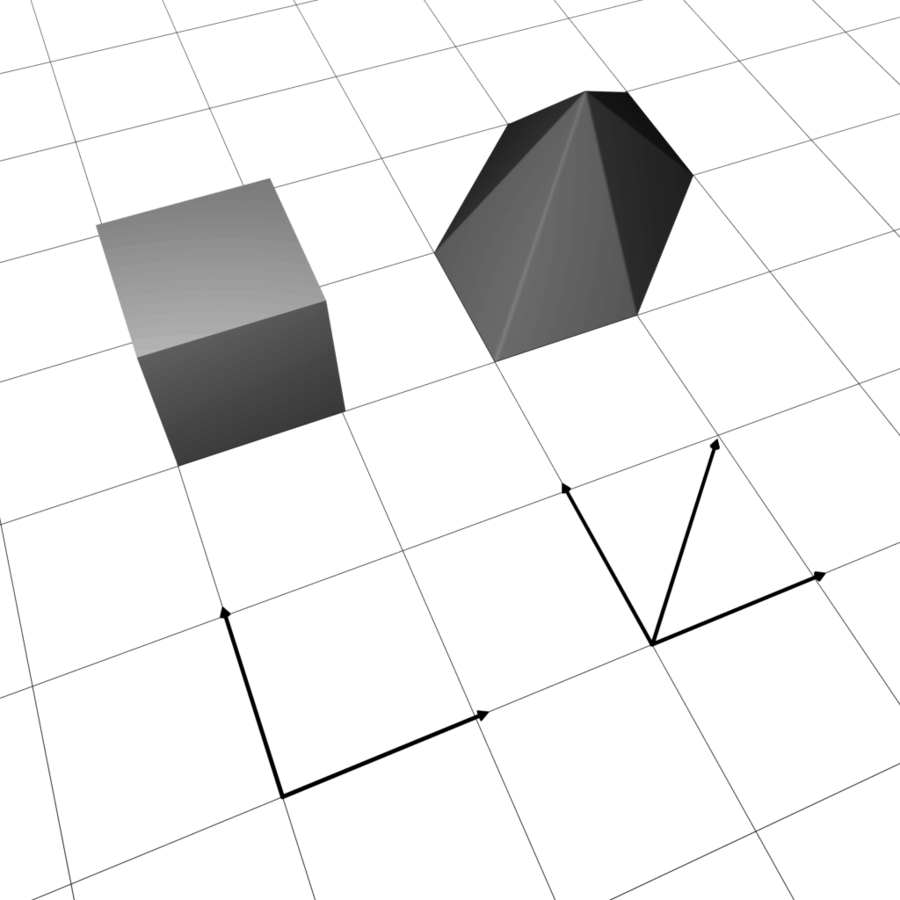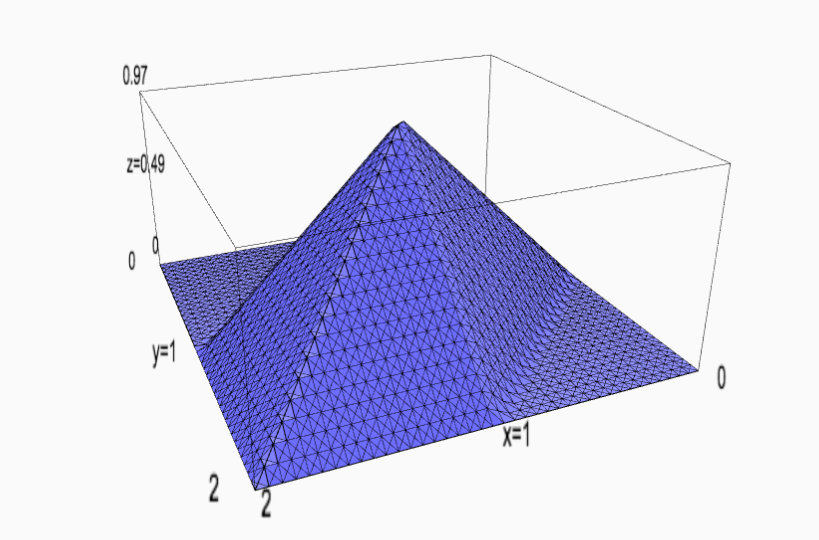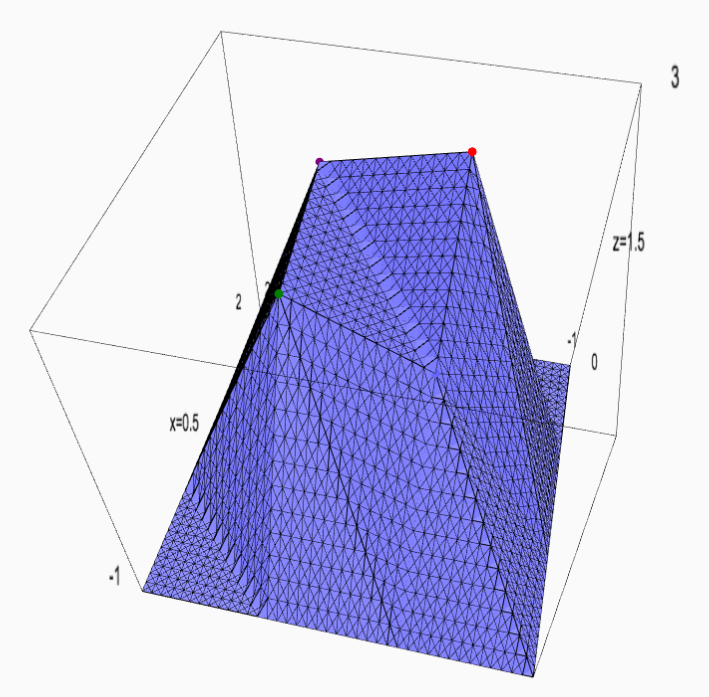Exponential Box-splines
For use in Visualization
Joshua Horacsek
Motivation
- Regularly sampled data
- Continous
- Differentiable
- Compact

Refresher: B-splines
B-splines can be defined as successive convolutions of the box function with itself

Refresher: B-splines
B-splines can be defined as successive convolutions of the box function with itself
Example: Linear B-spline

Example: Quadratic B-spline

Approximation
This is one big reason we care about B-splines

Start with a function
Approximation
Sample it

Approximation

We now have samples
Approximation

Reconstruct function with basis functions
Approximation
Reconstruct function with basis functions

Approximation
Reconstruct function with basis functions

Approximation
Potential pitfall

Approximation
Potential pitfall

Approximation
Potential pitfall

Approximation
Quasi-interpolation

Exponential B-splines
Exponential B-splines can be defined as successive convolutions of an exponentially weighted box function with another

Exponential B-splines
Exponential B-splines can be defined as successive convolutions of an exponentially weighted box function with another
Example: Exponential B-spline

Example: Exponential B-spline

Properties
- Locally an exponential polynomial
- Infinitely differentiable everywhere except knot points
- Stable basis (Riesz basis)
- Partition of unity/approximation order?
Last point not so clear -- need to look at
Box-splines
Box-splines are piecewise polynomial functions a can be obtained from successive convolutions of the box function in specific directions

Box-splines
Box-splines are piecewise polynomial functions a can be obtained from successive convolutions of the box function in specific directions

Box-splines

Example: Courant Element

Approximation

Approximation

Approximation

Exponential Box-splines
Exponential Box-splines can be obtained from successive convolutions of the exponentially weighted box function in specific directions
Exponential Box-splines


Exponential Box-splines

Exponential Box-splines

Properties
- Locally an exponential polynomial
- Infinitely differentiable everywhere except knot planes
- Stable basis (Riesz basis, sometimes...)
- Partition of unity/approximation order?
Last point not so clear -- need to look at
Questions
- Fidelity?
- Symmetry?
- Approximation order?
Again, need to look at

Thanks!
Questions?